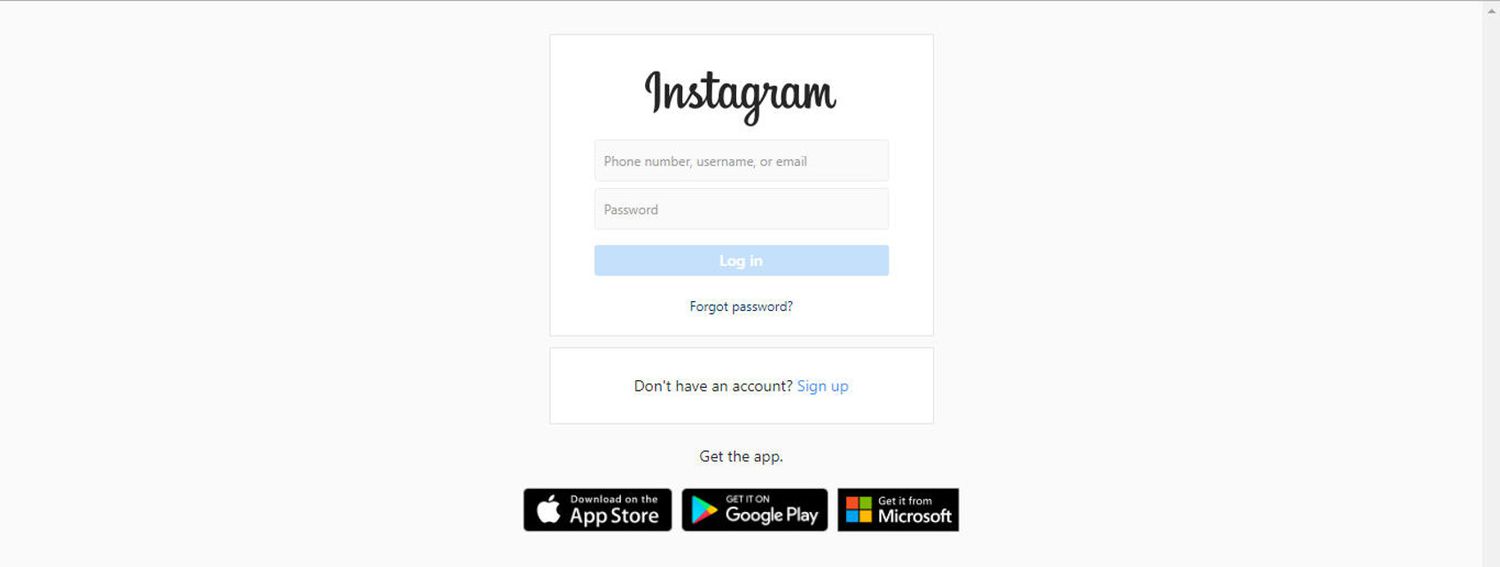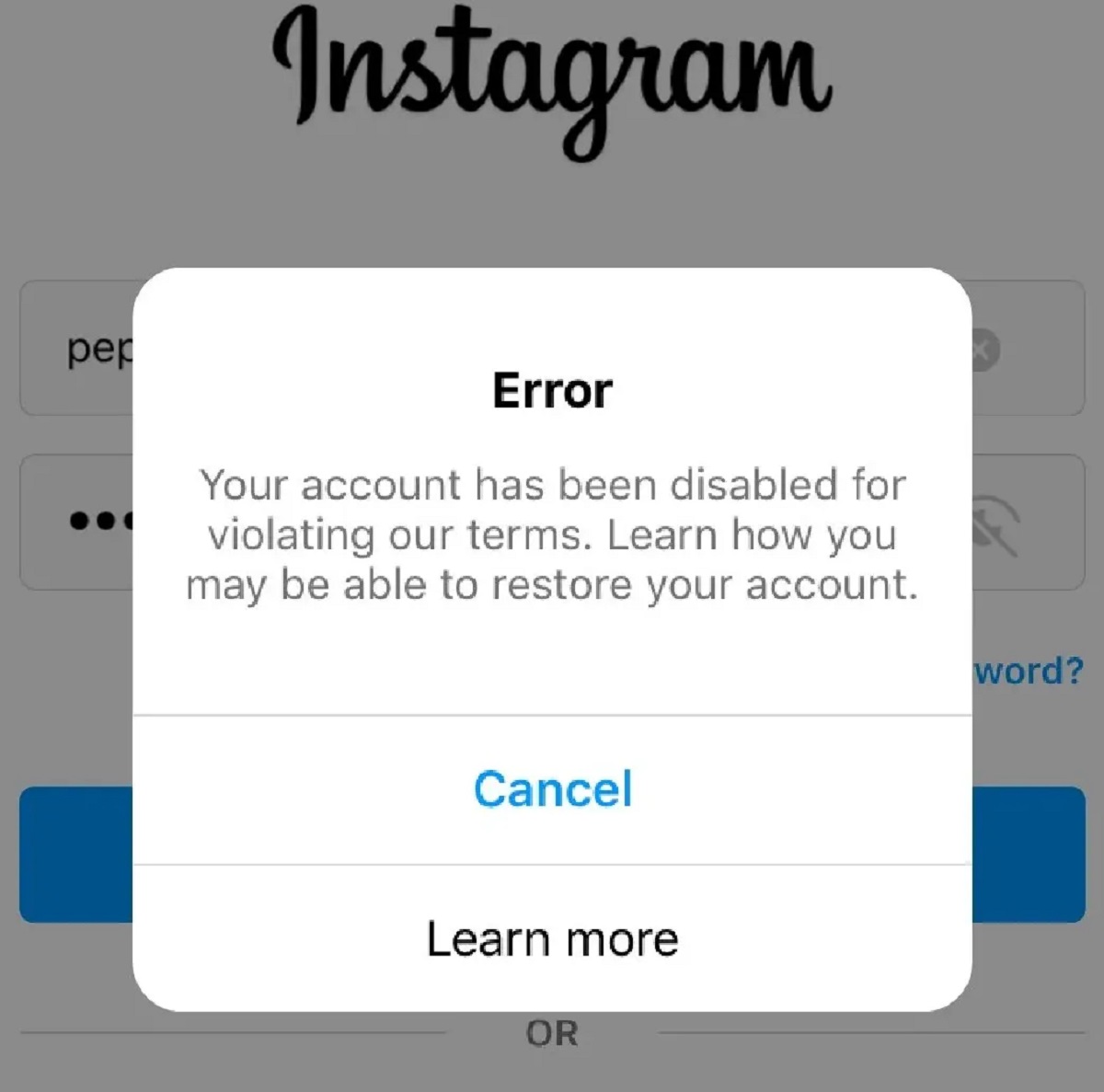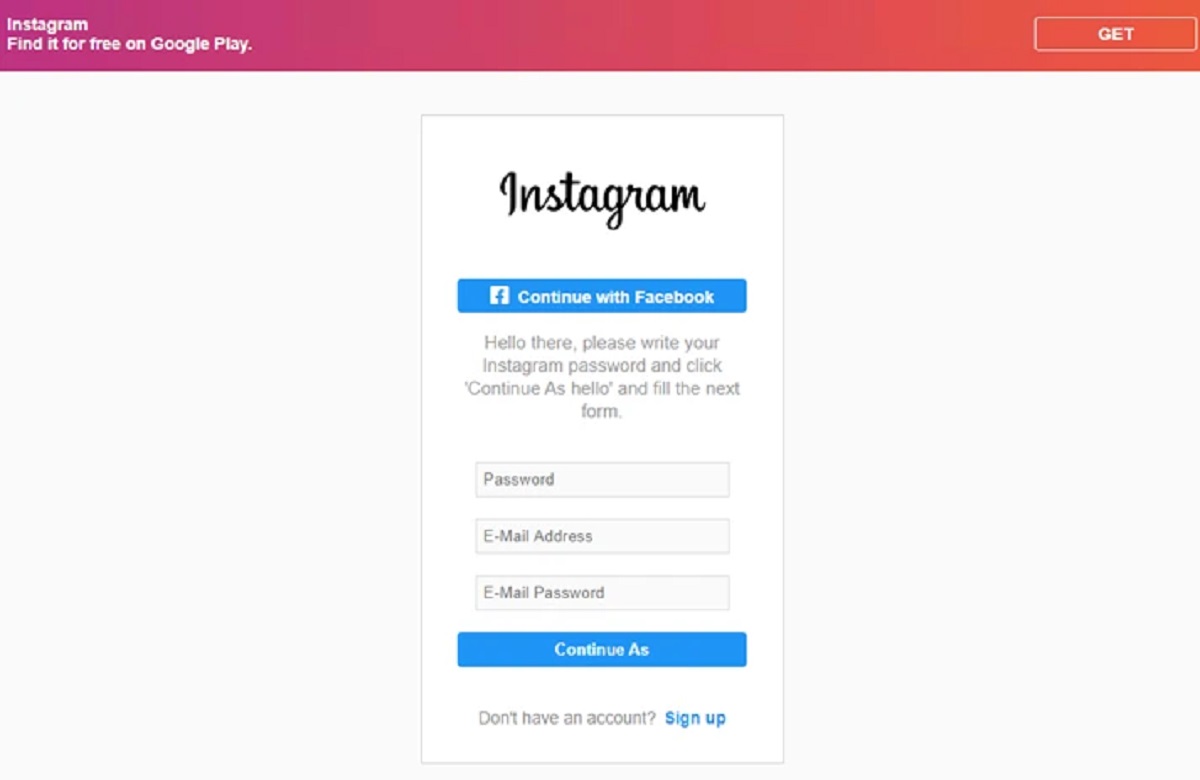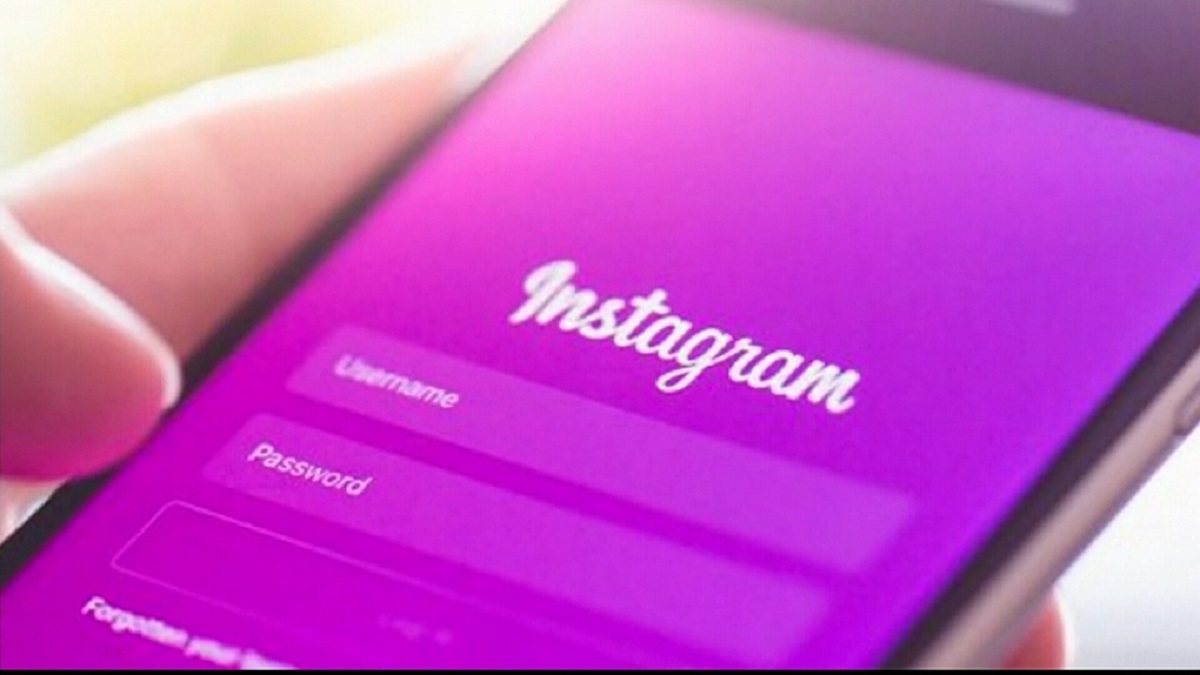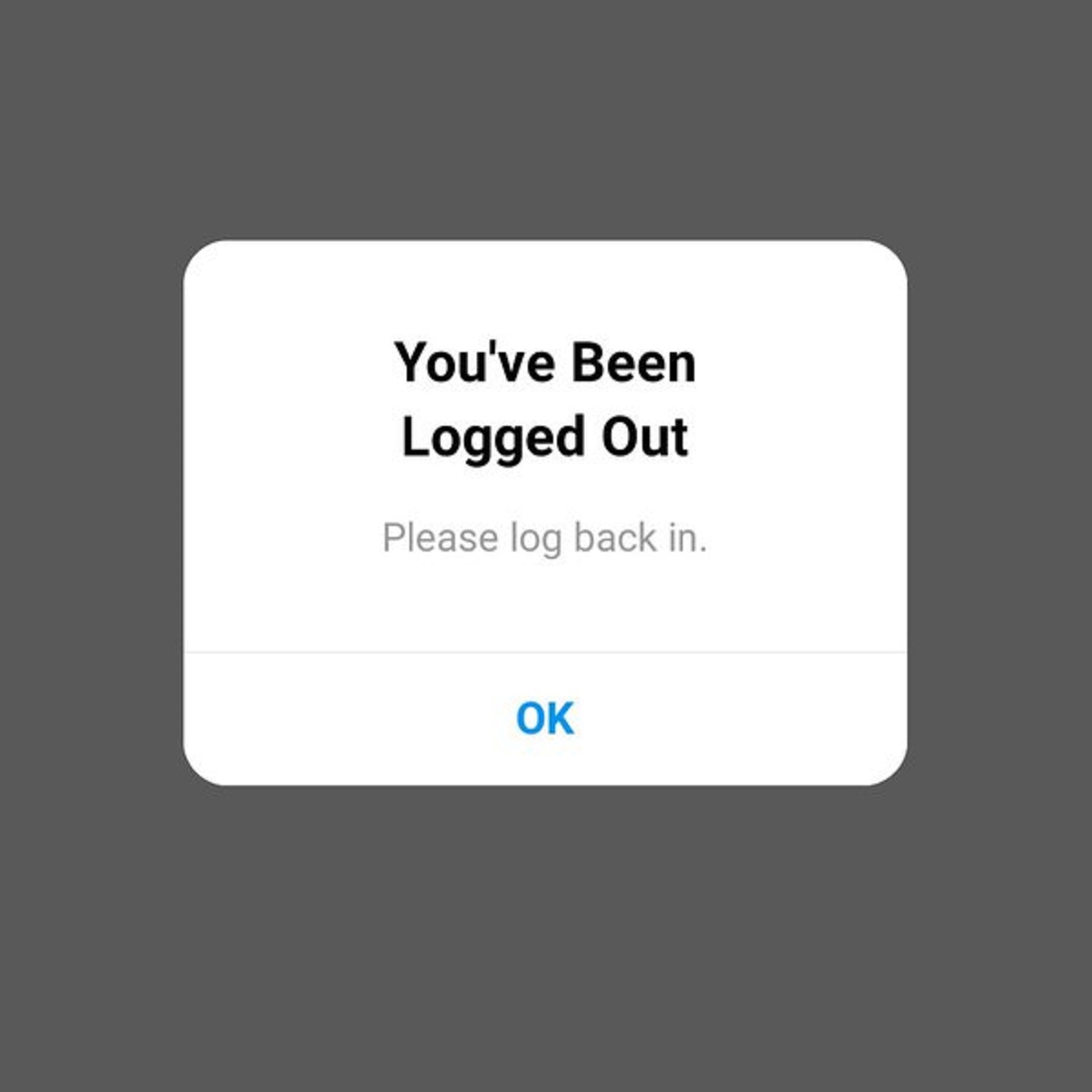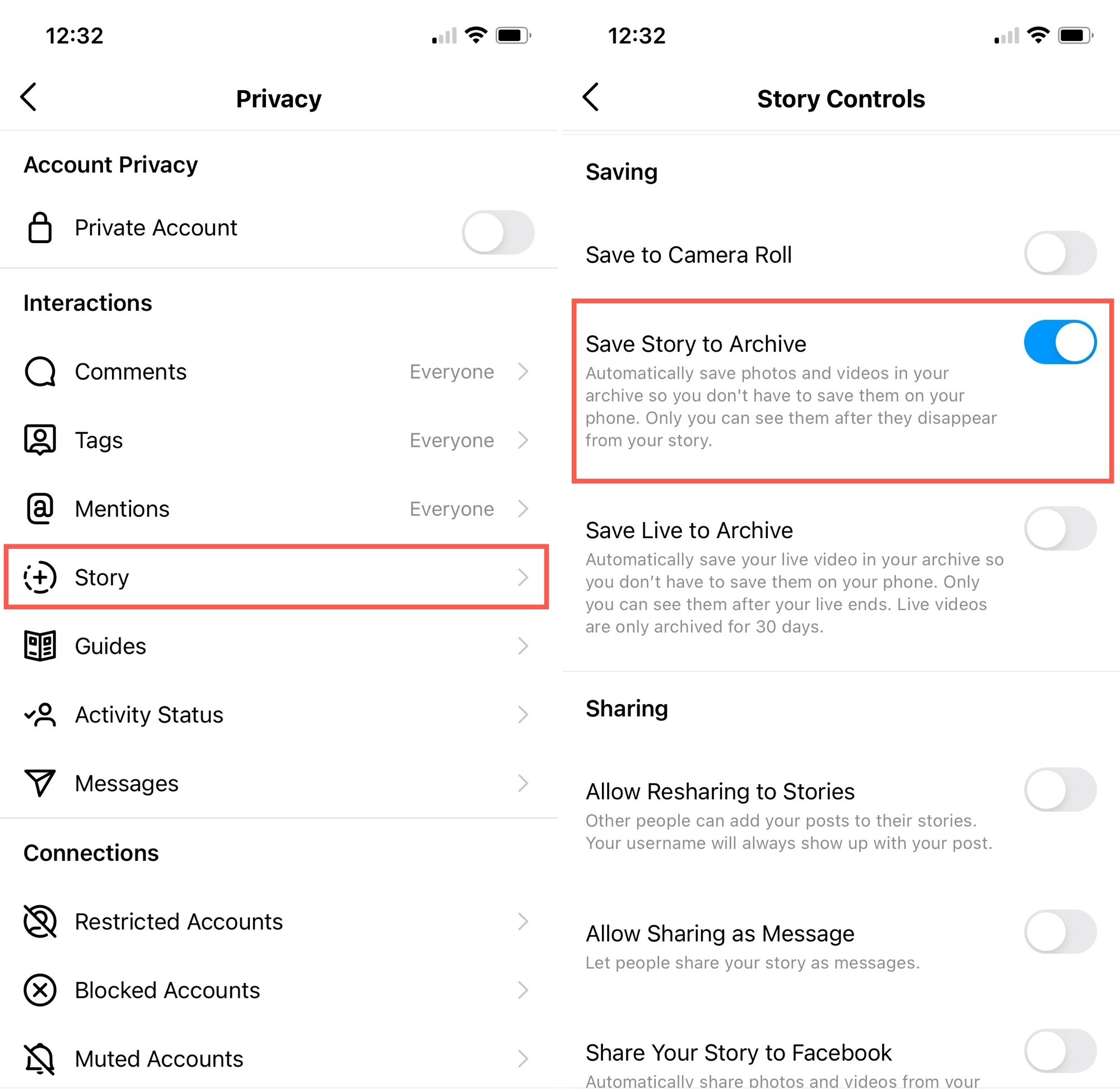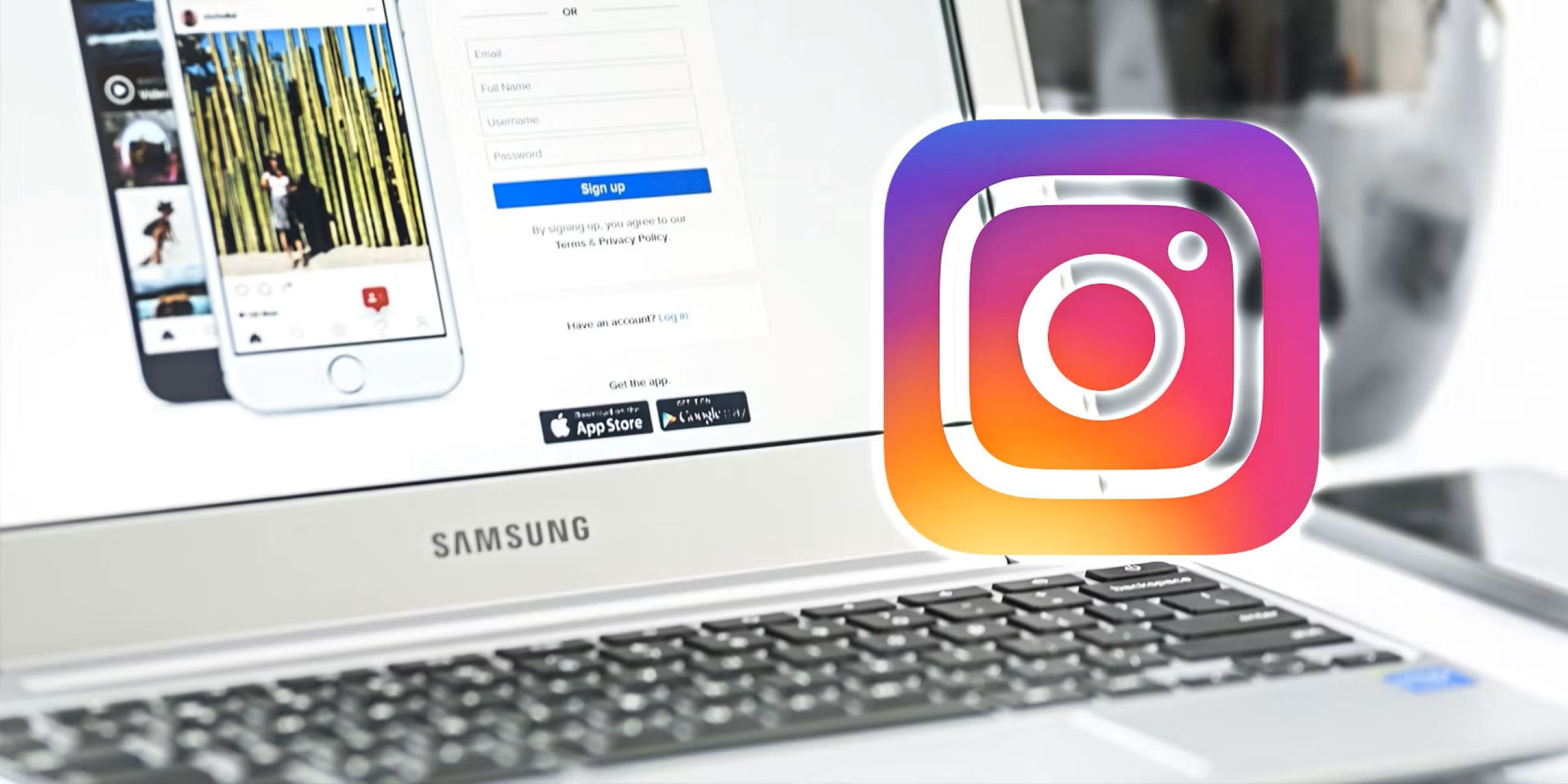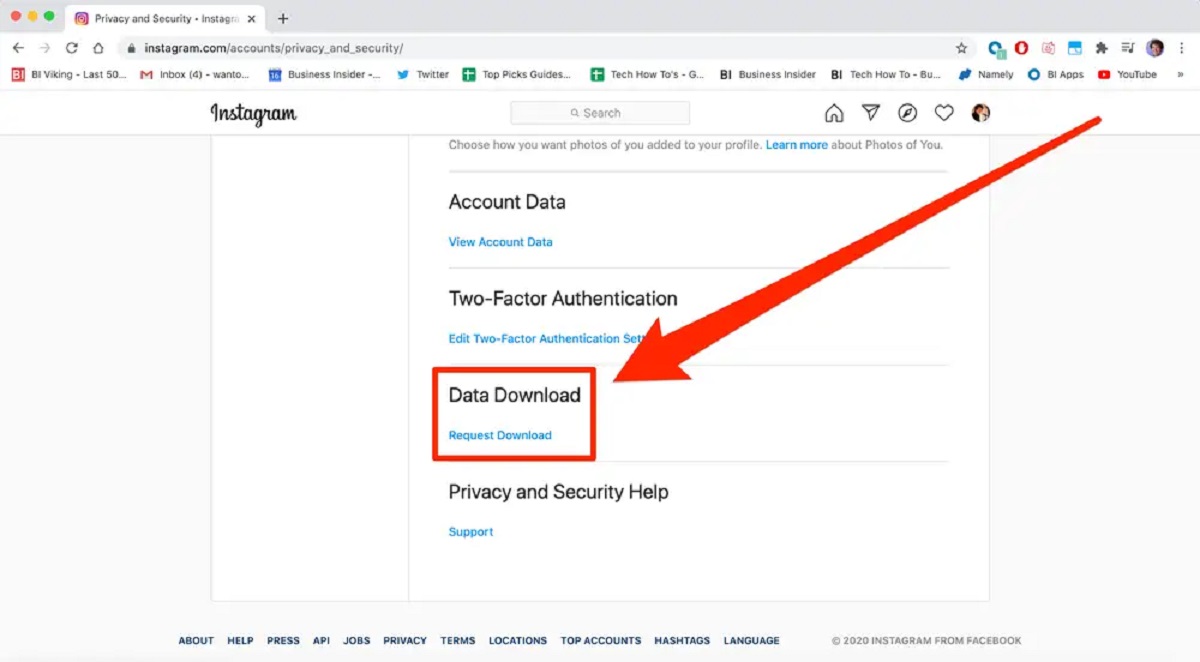Introduction
Instagram has become one of the most popular social media platforms, making it an attractive target for hackers. The rise in Instagram account hacks can lead to compromised personal information, privacy breaches, and even financial loss. Understanding how these hacks occur is crucial in order to take proactive measures to protect your account.
There are several common methods that hackers use to gain unauthorized access to Instagram accounts. In this article, we will explore these methods, including weak passwords, phishing attacks, social engineering, third-party application vulnerabilities, brute-force attacks, insecure WiFi networks, malware and spyware, as well as the risks associated with account sharing and unauthorized access.
By examining the techniques employed by hackers, we can gain insights into how to better safeguard our Instagram accounts and prevent falling victim to these malicious activities. It is important to note that Instagram has implemented various security measures to protect user accounts, but it is still essential for users to remain vigilant and take necessary precautions.
We will now delve into the different ways in which Instagram accounts can be hacked, providing you with the knowledge needed to fortify your account’s security and maintain control over your personal information.
Weak or Easy-to-Guess Passwords
A common method hackers use to gain access to Instagram accounts is by exploiting weak or easy-to-guess passwords. Many users tend to choose passwords that are simple, predictable, or easily associated with their personal information. This makes it easier for hackers to use brute-force attacks and guess the password correctly.
To protect your Instagram account from being hacked due to weak passwords, it is crucial to create a strong and unique password. Your password should include a combination of uppercase and lowercase letters, numbers, and special characters. Avoid using easily guessable information such as your name, birthdate, or pet’s name. Instead, opt for a passphrase that is unrelated to your personal details but still memorable to you.
Additionally, it’s important to avoid using the same password for multiple accounts. If a hacker manages to crack one of your passwords, they can potentially gain access to all your accounts, including your Instagram profile. Take advantage of password managers that can securely generate and store complex passwords for you.
Instagram also provides an additional layer of security called two-factor authentication (2FA). Enabling 2FA adds an extra step when logging into your account, requiring a verification code from your mobile device. This makes it much more difficult for hackers to gain unauthorized access, even if they manage to obtain your password.
Remember, a strong password is your first line of defense against hackers. Regularly updating and strengthening your Instagram account’s password will significantly reduce the risk of it being compromised.
Phishing Attacks
Phishing attacks are another prevalent method used by hackers to gain unauthorized access to Instagram accounts. These attacks involve tricking users into revealing their login credentials or other sensitive information through deceptive means.
Phishing attacks often occur through emails, text messages, or direct messages that appear to be from legitimate sources, such as Instagram or a trusted friend. The messages often contain urgent or enticing requests, creating a sense of urgency or curiosity that prompts the recipient to click on a link.
Upon clicking the link, users are redirected to a fake login page that closely resembles the legitimate Instagram login page. Unknowingly, users enter their login credentials into this fraudulent page, providing hackers with their username and password.
To protect yourself against phishing attacks on Instagram, it is crucial to be cautious and vigilant. Look out for any suspicious emails, messages, or links, especially ones that seem out of the ordinary or request sensitive information. Always double-check the URL before entering your login credentials, ensuring it is the official Instagram website.
Instagram will never ask you to provide sensitive information through email or direct message. If you receive any suspicious messages or emails claiming to be from Instagram, refrain from clicking any links or providing any personal information. Instead, report the message as spam and delete it.
Furthermore, enable two-factor authentication on your Instagram account. This adds an extra layer of security by requiring a verification code sent to your mobile device when logging in. Even if a hacker manages to obtain your login credentials through a phishing attack, they will still need the verification code to gain access to your account.
By remaining cautious and informed about phishing attacks, you can better protect your Instagram account from falling into the hands of hackers.
Social Engineering
Social engineering is a manipulative technique used by hackers to exploit human psychology and gain unauthorized access to Instagram accounts. Unlike other hacking methods that rely on technical vulnerabilities, social engineering relies on tricking individuals into willingly providing their credentials or personal information.
Hackers using social engineering tactics often impersonate someone trustworthy, such as a friend, family member, or even an Instagram support representative. They may create a sense of urgency or exploit emotions to convince the target to share sensitive information or grant access to their account.
For example, a hacker may send a message claiming that there has been suspicious activity on the target’s Instagram account and requests their login credentials in order to investigate. The target, fearing for the security of their account, unknowingly hands over their username and password.
To protect yourself from social engineering attacks, it is essential to exercise caution and skepticism. Never share your login credentials or personal information with anyone, even if they claim to be from Instagram or any other trusted source.
Be wary of suspicious or unexpected requests, especially if they involve sensitive information. Always verify the legitimacy of the person or situation through a separate and trusted means of communication.
Remember, Instagram or any legitimate organization will never ask for your password or sensitive information through direct messages or email. If you receive any requests asking for such information, take a step back and assess the situation before responding.
Stay vigilant and protect your Instagram account from falling victim to social engineering attempts by maintaining a healthy level of skepticism and verifying the authenticity of any requests for information.
Third-Party Application Vulnerabilities
While Instagram has implemented rigorous security measures, third-party applications can pose a significant risk to the security of your Instagram account. Many users grant third-party applications access to their account, unaware of the potential vulnerabilities these applications may possess.
Some third-party applications may have weak security measures or may be intentionally designed to collect user data. Hackers can exploit these applications to gain unauthorized access to your Instagram account or obtain sensitive information associated with it.
To protect your Instagram account from third-party application vulnerabilities, it is important to exercise caution when granting permissions. Before connecting any third-party application to your Instagram account, thoroughly research its reputation and credibility. Only connect applications from trusted sources and with positive user reviews.
Regularly review the permissions and access you have granted to third-party applications. If you no longer use a particular application or do not recognize the purpose of its access rights, revoke its permissions immediately.
Furthermore, be cautious of any suspicious or unexpected requests from third-party applications. Pay attention to the types of information they request and evaluate whether it is necessary for their functioning. If something seems off or raises concerns, err on the side of caution and refrain from granting access.
By carefully managing and monitoring the permissions granted to third-party applications, you can mitigate the risk of these applications being exploited to compromise the security of your Instagram account.
Brute-Force Attacks
Brute-force attacks are a method used by hackers to gain unauthorized access to Instagram accounts by systematically trying out different password combinations until the correct one is found. This method relies on the assumption that users may have weak or easily guessable passwords.
During a brute-force attack, hackers use automated software that systematically generates and tests various combinations of passwords until finding the correct one. This process can be time-consuming, but it can eventually crack weak passwords and compromise the targeted Instagram account.
To protect your Instagram account from brute-force attacks, it is essential to use strong and unique passwords. Avoid common passwords, such as “123456” or “password,” as hackers often start with these basic combinations.
In addition to using strong passwords, enabling two-factor authentication (2FA) adds an extra layer of security. With 2FA, even if a hacker manages to guess your password, they would still need the verification code sent to your mobile device to gain access to your account.
Instagram also has measures in place to detect and flag suspicious login attempts. If suspicious activity is detected, Instagram may require additional verification steps, such as confirming your identity through email or phone verification.
It is crucial to be aware of any login attempts that you did not initiate. If you receive notifications of failed login attempts or notice any unusual activity, change your password immediately and report the incident to Instagram.
By using strong passwords, enabling two-factor authentication, and being vigilant about any suspicious activity, you can significantly reduce the risk of falling victim to brute-force attacks and protect the security of your Instagram account.
Insecure WiFi Networks
Insecure WiFi networks pose a significant risk to the security of your Instagram account. When you connect to public or unsecured WiFi networks, hackers can intercept your internet traffic and potentially gain access to your login credentials or other sensitive information.
Hackers often set up fake or malicious WiFi networks, mimicking legitimate ones, to trick unsuspecting users into connecting. Once connected, they can eavesdrop on your online activities and capture any data transmitted over the network.
To protect your Instagram account from the risks associated with insecure WiFi networks, it is crucial to be cautious when connecting to public WiFi. Avoid connecting to networks that are unsecured or unfamiliar. Instead, opt for networks that require a password or are known to be secure.
If you must connect to public WiFi, consider using a virtual private network (VPN) to encrypt your connection. A VPN establishes a secure and encrypted tunnel between your device and the internet, ensuring that your data is protected even on unsecured networks.
In addition to using a VPN, avoid accessing sensitive information or logging into your Instagram account when connected to public WiFi. Wait until you are on a trusted and secure network before accessing your account or transmitting any sensitive data.
Lastly, keep your mobile devices and apps updated with the latest security patches. These updates often include bug fixes and security enhancements that can protect your device and account from potential vulnerabilities.
By being cautious, using a VPN, and avoiding accessing sensitive information on insecure WiFi networks, you can significantly reduce the risk of your Instagram account being compromised.
Malware and Spyware
Malware and spyware pose a serious threat to the security of your Instagram account. These malicious software programs are designed to infiltrate your device, gather information, and potentially grant unauthorized access to your Instagram account.
Malware can enter your device through various means, such as downloading files from untrusted sources, clicking on malicious links, or opening infected email attachments. Once installed, it can monitor your activities, capture sensitive information (such as login credentials), or even take control of your device.
Spyware, on the other hand, specifically targets information and activities on your device. It can track your keystrokes, record passwords, and record browsing history, among other things. With access to such information, hackers can potentially gain unauthorized access to your Instagram account.
To protect your Instagram account from malware and spyware, it is crucial to take proactive security measures. Install reputable antivirus and anti-malware software on your devices and keep them updated regularly. These programs can detect and remove malicious software, providing an additional layer of protection.
Exercise caution when downloading files or clicking on links, particularly from unknown or suspicious sources. Be wary of phishing emails that may contain infected attachments or links to malicious websites.
Furthermore, keep your operating system and applications up to date with the latest security patches. Software updates often include security enhancements that address vulnerabilities and protect against potential malware and spyware threats.
Additionally, avoid downloading and using unauthorized or pirated applications, as these often come bundled with malware. Stick to reputable sources such as official app stores when downloading applications.
By implementing strong security practices, staying vigilant, and keeping your devices protected with up-to-date security software, you can significantly reduce the risk of malware and spyware compromising the security of your Instagram account.
Account Sharing and Unauthorized Access
Account sharing and unauthorized access are significant threats to the security of your Instagram account. While it may seem harmless to share your login credentials with someone you trust, it can lead to unintended consequences and compromise the privacy of your account.
When you share your Instagram account credentials with others, you are essentially giving them full access to your account. This means they can post, reply to messages, and potentially access your personal information. Even if you have a close relationship with the person, there is no guarantee that they will handle your account with the same level of caution and security.
Additionally, if someone gains unauthorized access to your Instagram account, they can misuse your profile, post inappropriate content, or even steal personal information associated with your account.
To protect your Instagram account from the risks associated with account sharing and unauthorized access, it is crucial to keep your login credentials confidential. Avoid sharing your passwords or granting access to your account to others, unless absolutely necessary.
Enable two-factor authentication (2FA) to add an extra layer of security. With 2FA, even if someone manages to obtain your password, they will still need the verification code sent to your mobile device to gain access.
Regularly monitor your account for any suspicious activities or unauthorized access. Check your recent login activity in the account settings to ensure that all logins are accounted for and from recognized devices and locations.
If you suspect that your account has been compromised or accessed without authorization, take immediate action. Change your password, enable 2FA if you haven’t already, and report the incident to Instagram for further investigation.
By keeping your login credentials confidential, enabling 2FA, and staying vigilant for any signs of unauthorized access, you can protect your Instagram account from the risks associated with account sharing and unauthorized access.
Conclusion
In conclusion, securing your Instagram account from potential hacks and unauthorized access is essential to protect your personal information, maintain your privacy, and prevent any malicious activities. By understanding the common methods used by hackers, you can take proactive measures to enhance the security of your account.
We have explored various hacking methods, including weak passwords, phishing attacks, social engineering, third-party application vulnerabilities, brute-force attacks, insecure WiFi networks, malware and spyware, as well as the risks associated with account sharing and unauthorized access.
To safeguard your Instagram account, it is important to create strong and unique passwords, enable two-factor authentication, and exercise caution when granting permissions to third-party applications. Be mindful of phishing attempts, report suspicious activities, and avoid insecure WiFi networks.
Regularly update your devices and applications with the latest security patches, use reputable antivirus and anti-malware software, and install a VPN when connecting to public WiFi networks.
Lastly, refrain from sharing your login credentials and keep them confidential. Regularly monitor your account for any signs of unauthorized access and report any suspicious activities to Instagram.
By following these security measures and staying vigilant, you can significantly reduce the risks of your Instagram account being hacked or compromised. Protecting your account ensures that you can continue to enjoy the benefits of the platform while maintaining your privacy and online security.









